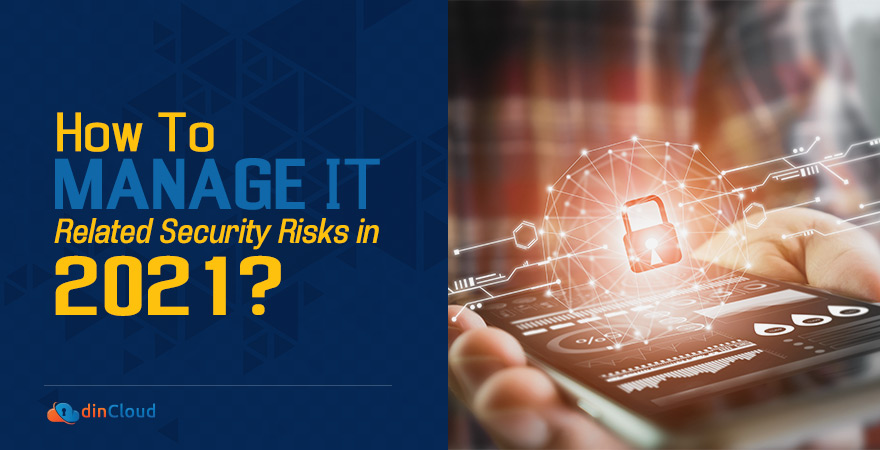The year 2021 is all set to kick off with a renewed vigor to fight this pandemic and fend off its adverse effects. Remote work or work from home (WFH) has now become the “new normal”, and Information Security Professionals have a lot on their plates now.

This new normal has gained further support when the world’s largest tech companies such as Google, Facebook and Twitter are planning perpetual remote work practices. It is estimated that during the year 2020, nearly 60% of companies have gone remote.
Related: Cloud Computing to Witness Massive Adoption and Investment in 2021
Challenges of Remote and Hybrid Work
While a full on remote work or hybrid environment brings a lot of flexibility, it comes along with a unique set of challenges. As remote work becomes a mainstream trend with each passing day, the security of such arrangements needs to be thoroughly revisited.
Insider Vulnerabilities and Threats
Most of the remote work is being carried out beyond the secure internal networks of organizations. To add to all this complexity, remote employees are using multiple devices that at times may also include personal and un-secured devices.
As soon as this happens, any organization is highly prone to losing control over its data and how its used, or even misused in certain cases. This opens up a whole new threat vector where remote employees may mistakenly or deliberately leak critical data.
During the year 2020, it was estimated that nearly 30% cases of data breach pertained to “internal actors” alone. This is a chilling thought on many counts. Companies will have to tighten internal controls over how, when and where remote workers access data.
Related: Work from Anywhere (WFX) – The Emerging Trend for 2021
Malware and Ransomware Attacks to Skyrocket
When working remotely, employees have a tendency to use third party services or free shady software to get the job done faster. At times, employees may resort to such insecure practices to circumvent the “complicated” security protocols in place.
The first thing to do here is employee awareness and sensitization. They need to be conveyed the potential hazards of doing something as trivial as clicking a malicious link embedded in a seemingly routine email from a colleague.
Remote employees are the perfect soft target for peddlers of malware and ransomware. Once they have compromised the official or personal device of a remote employee, it becomes fairly easy for them to infiltrate the corporate network as well.
Related: Key Remote Work Takeaways for 2021
It comes as little surprise that we expect instances of ransomware and malware attacks to skyrocket in 2021. To thwart such attempts, both remote employees and network security professionals need to work in tandem and adopt a preventive approach.
Mobile Devices – A Whole New Threat Vector
The majority of user authentication mechanisms heavily rely on the mobile devices / smartphones of remote employees. In addition to authentication and sign-in via mobile devices, most PINs and OTPs also land right here.
As a result, smartphones and similar mobile devices have caught the attention of cyber miscreants. Such devices are also an easy target, especially when we factor in the presence of insecure, third party applications with built-in loopholes in terms of security.
The use of mobile devices can’t be abolished altogether, as they have made a lot of inroads within our daily lives. However, remote employees need to use their mobile devices with caution and be able to spot the obvious red flags in terms of security.
Related: IaaS Market Forecast to Grow at a CAGR of 20% till 2026
In 2021, Zero Trust is the Go-To Model
As we set foot into 2021, the way forward in a prolonged remote work scenario will be the “Zero Trust Security Model”. This will close a host of vulnerabilities and backdoors that are typically exploited by cyber miscreants.
Lastly, network and architectural segmentation is a great extension of the zero trust model. By implementing this model, you can restrict the access to organizational data purely on a role and need basis, rather than every remote employee having unlimited access.
Related: How is the Cloud Mitigating Pandemic Induced Disruptions?
Conclusion
If you want a remote work platform that is flexible, versatile and productive, the cloud offerings by dinCloud are worth a look. The great bit is, security of our cloud infrastructure is managed by us, so you can focus on furthering your goals instead of security.


